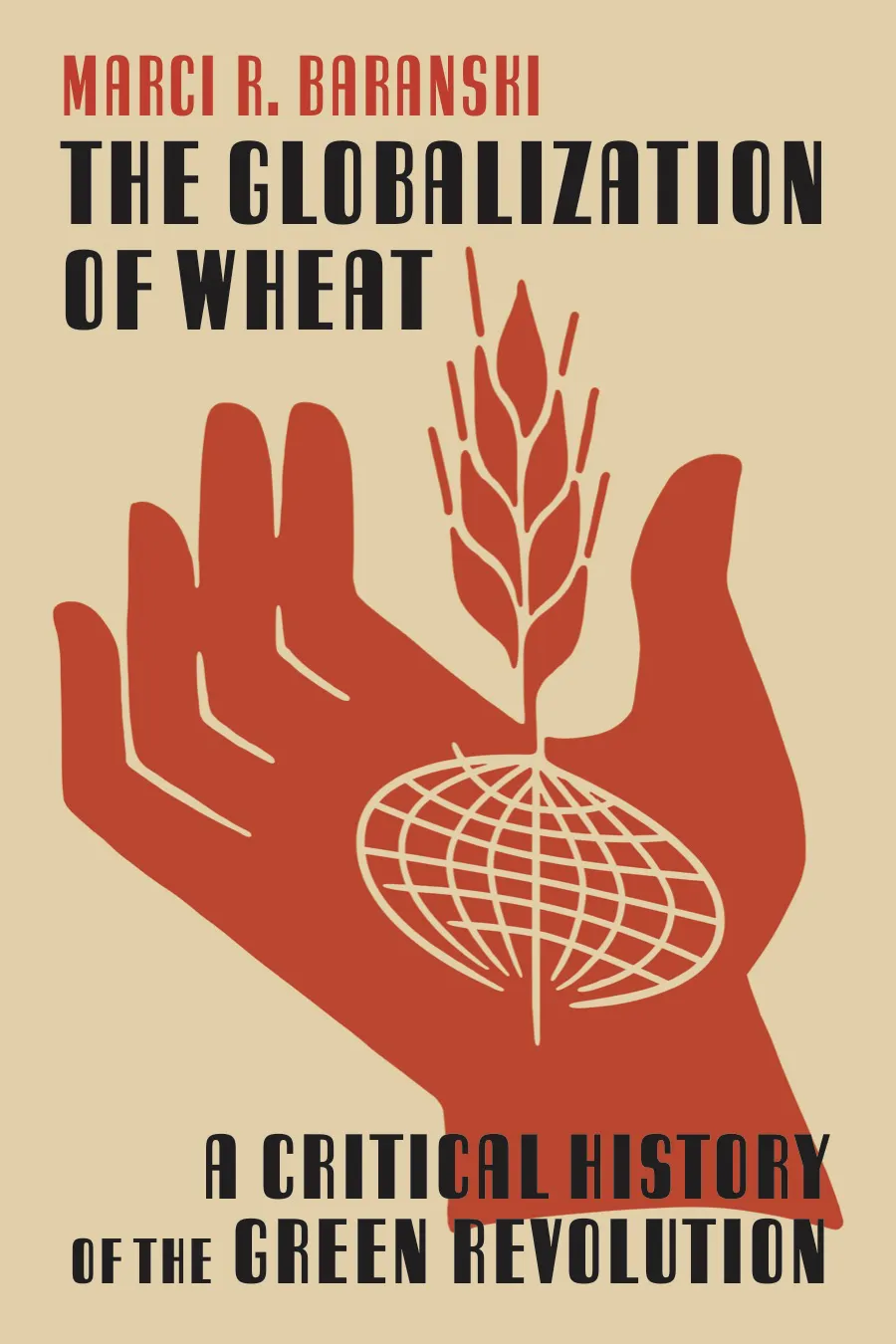There's a reason so many subsistence farming communities around the globe are in the shape they're in, pushed further to the margins and deeply in debt. Some say that much of the blame can be laid at the feet of a revolution that was touted as being a savior for small farmers but instead became a double edged sword — The Green Revolution. With her book "The Globalization of Wheat: A Critical History of the Green Revolution," Marci R. Baranski looks at that supposed miracle with a critical eye and brings new light to a controversial concept in agricultural science.

"The Green Revolution was a profound transformation in global agriculture starting in the 1940s and going through the 1970s, and mainly affecting Latin America and South and Southeast Asia," says historian and scientist Marci R. Baranski. Photo courtesy of the author.
"The Globalization of Wheat: A Critical History of the Green Revolution" explores the exploitation of the grain around the world to produce large crops on a reliable basis. Photo courtesy of the University of Pittsburgh Press.
